Are you dreaming of visiting Ireland? Is the cost of a vacation to the Emerald Isle a mystery to you?
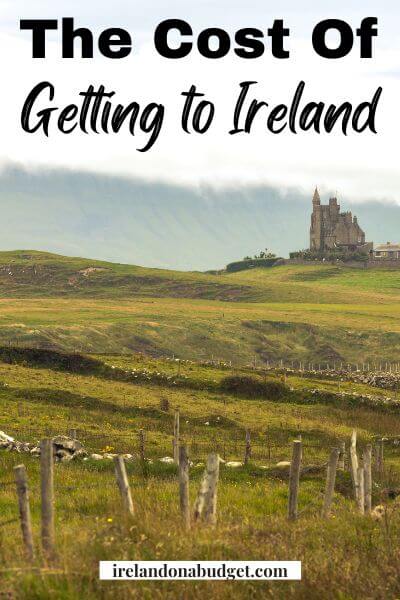 This post contains affiliate links, and I may earn compensation when you click on the links at no additional cost to you.
This post contains affiliate links, and I may earn compensation when you click on the links at no additional cost to you.
Planning a vacation to the Emerald Isle depends on what you want to see, what time of year you’d like to visit, the type of accommodation you prefer, your interests, and how much money you are willing to spend.
Below is a step-by-step guide to budgeting for your vacation to Ireland and what the major costs will be.
The Cost of Flights to Ireland
This will likely be the most expensive part of your trip. However, the price of your airfare will depend on when you travel to Ireland.
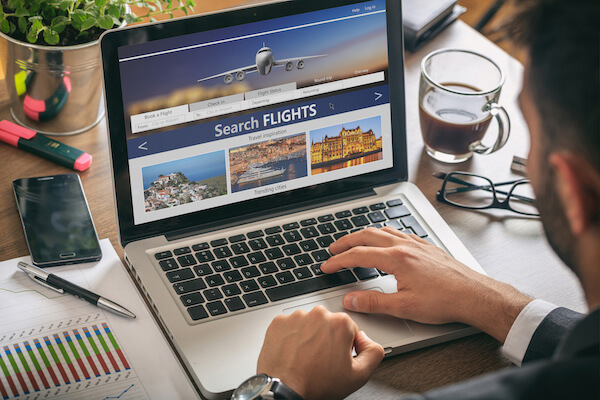
To get an idea of how much you could be paying for airfare to Ireland, it’s best to first check on search engine tools like Google Flights, Hopper, Momondo, Skyscanner, Airfarewatchdog, and/or Kayak, which are all useful first steps in your initial research.
When using Google Flights to do your research, you will need a Google account (a Gmail address).
Choose your departing city, the dates you’d like to leave, and let Google Flights do the rest. Be sure to click on the alerts button so that you are notified of changes over time.
In my opinion, Google Flights is among the best and it’s free to use. However, if you really want to compare prices before you buy, you could check the other search engines mentioned above to ensure that you’re getting the best deal.
The Cost of Accommodation in Ireland
At one time, B&Bs were the preferred choice for tourists to Ireland, but today, there is a range of options available to suit every budget.
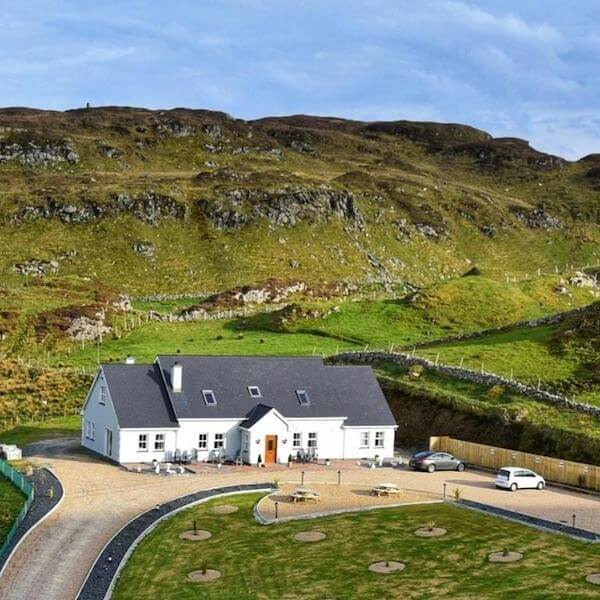
They include the traditional Irish B&Bs, hotels, rental properties (including AirBnbs), glamping sites, and more.
According to B&B Ireland, the average B&B costs about €34 per person per night. That’s about $38.
Staying in a B&B is a great way to immerse yourself in the Irish culture. Rates will of course depend on the season and where exactly the B&B is located.
Accommodation in Dublin and other major cities is naturally more expensive than comparable properties in Ireland’s countryside.
Irish Hotels (3-star rating: $100 to $140 on average a night)
Irish hotels, like their international counterparts, are rated using a star system. They range from 5-star establishments right down to 1-star hotels.

If you’re watching your budget, I’d suggest 3-star and/or 4-star hotels (in Europe, 4-star hotels are considered “luxury,” but they often have good deals).
Three-star hotels range from small, family-run accommodation to larger, more modern hotels. All have private bathrooms with shower facilities. Restaurants are usually part of the hotel and offer high-quality fare.
Irish B&Bs (the average price per person for a B&B in Ireland is between €32 and €38 (£27.25-£32.36/$36-$43) per person sharing, but it depends on the season)
Irish B&Bs, otherwise known as guesthouses, are rated from 1 star to 5 stars. Depending on their size and what they offer, they can be classified as “townhouses,” “country homes,” “farmhouses,” and “historic houses.”
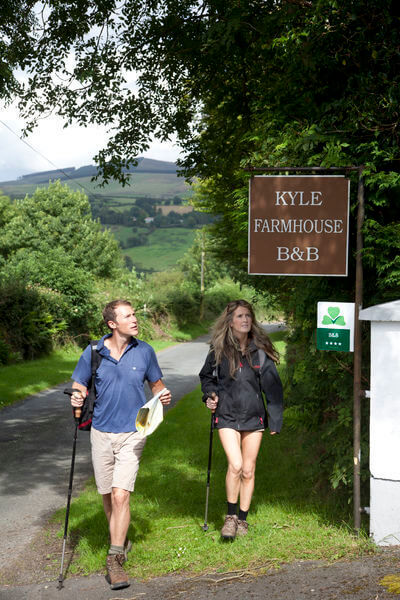
Again, I’d recommend that you look for a 3-star B&B if budget is a concern, although some higher than that will give good value at decent rates.
According to B&B Ireland, 5-star properties are typically equipped with more spacious and luxurious bedrooms, but 3-star guesthouses in Ireland can provide equal value, even if they’re smaller.
All of Ireland’s 3-star guesthouses come with private bathrooms that are equipped with showers, in addition to a guest lounge and breakfast served each morning. Restaurant facilities are available in some 3-star accommodations.
Join the Ireland on a Budget Travel Planning Facebook Group
The Cost of Transportation in Ireland
Your transportation costs in Ireland will depend on whether you rent a car or not. It’s that simple.
Renting a car in Ireland is useful if you really want to get a feel for Ireland, especially the places that might be more difficult to get to by public transportation.
If it seems like it is too expensive, then there are plenty of buses and trains that will get you to Ireland’s main towns and cities.
Car Rental (average cost up to $ 30/day)
Renting a car in Ireland can be expensive, especially during the peak season. Renting a car in the “shoulder season,” which is the period from mid-April through May and again in late September through October, is cheaper.
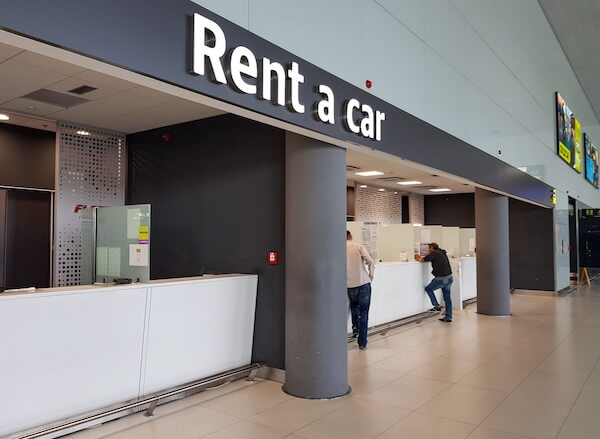
I have had great success with Sixt when renting a car in Ireland, but there are other car rental companies available too.
To be honest, I’d recommend that you do some comparison shopping with a tool like Discover Cars, Rentalcars.com, or AutoEurope.com.
If you can drive a standard car, that will bring your rate down. More details on renting a car in Ireland can be found on the Ireland on a Budget website.
Private Drivers
If you can afford it, hiring your own driver to take you from the airport to where you are staying in Ireland and then show you some of the sights is well worth it.
This service is especially useful if, for instance, you decide to rent a property in a certain part of Ireland but don’t want the bother of driving a car to see the tourist attractions in the region.
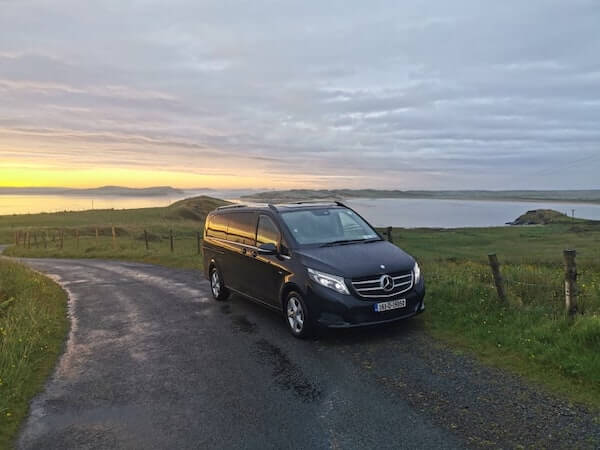
Private drivers in Ireland often come as part of a larger tour company that offers private tours of Ireland, so keep this in mind when considering this form of transportation.
It can also be quite economical since you can share the cost among several people if you’re part of a larger group touring Ireland.
Henry Doohan, the Donegal tour guide and experienced driver, is the ideal choice if you’re vacationing in County Donegal.
Doohan is an Ireland on a Budget Tourism Ambassador.
Most private drivers/private driving companies don’t disclose their rates online, so it is best to check yourself.
If you decide to go for a private tour of Ireland, then the driving service will be part of the overall cost of the tour.
Trains and Buses in Ireland
Ireland has a pretty good public transportation system if you are interested in seeing the various tourist attractions outside of Dublin.
In fact, it has improved immensely over the years and to be honest, you’ll be able to get around Ireland without renting a car if cost is a concern.
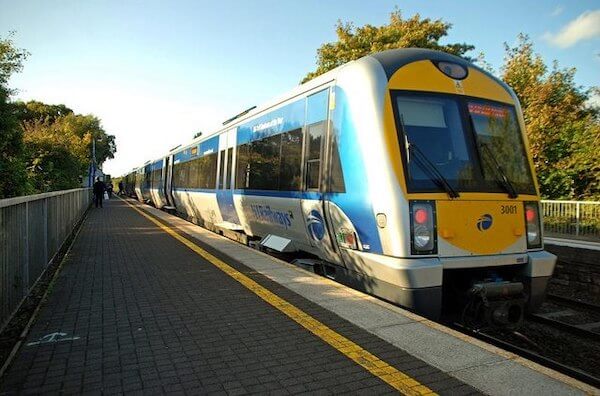
Irish Rail is Ireland’s national rail network. Its main hub is in Dublin, where you can get trains to various parts of Ireland.
A popular route is the Dublin to Belfast line, which is jointly operated by Irish Rail and Translink. The journey takes approximately 2 hours and 30 minutes and round-trip fares cost around €20.
Bus transportation across Ireland is good, with most towns accessible on buses operated by Bus Eireann.
A 10-journey travel pass is particularly useful for tourists who are interested in traveling across Ireland this way. The pass is valid for 10 journeys between various points, which must take place within 7 consecutive days.
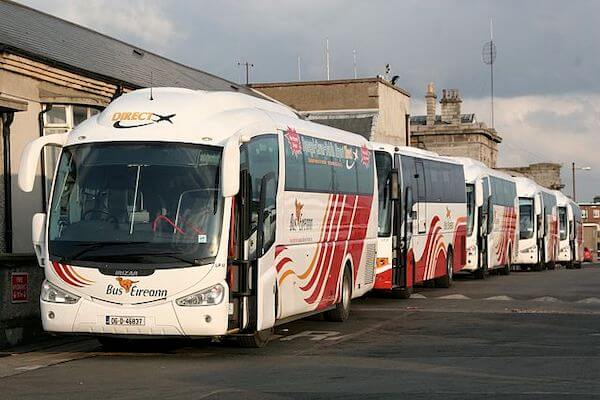
You can find more information on the Bus Eireann website.
Other bus companies in Ireland include Go Bus, which operates up to 20 daily return routes from Dublin City Center, Dublin Airport, Cork, Galway, and Ballina, Co. Mayo, with fares as low as €13 one way ($15).
Others include Aircoach, with economical fares across the country. Some examples include a one-way ticket from Dublin to Cork for €14 ($16) and a one-way ticket to Belfast for €12 ($13).
Get Wifi in Ireland with Wifi Candy
Local Transportation and Taxis
Getting around most big cities in Ireland, including Dublin, via public transportation is relatively easy.
Each city has its own bus network, and in Dublin, you can avail of the Dublin Bus system, the DART, the city’s electric rail system, and the Luas, the city’s tram system.
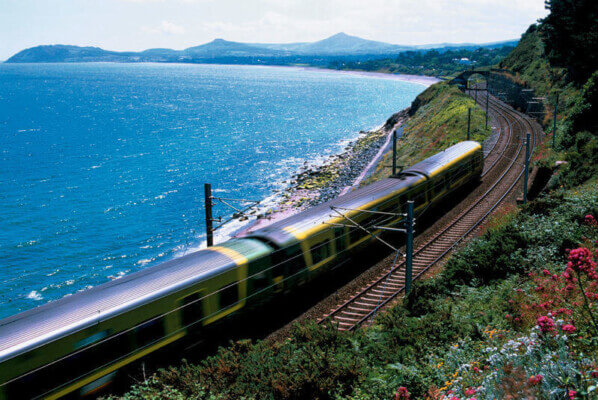
Short adult fares (1-3 stops) on Dublin Bus are €2.15/$2.43 and long fares (up to 90 minutes of travel) are €3.30/$3.74.
An adult all-day rail fare on the DART is €12.15/$13.75 (family tickets can be purchased for €20). These tickets are for unlimited travel within Dublin’s Short Hop Zone (runs from Balbriggan, north of the city center, to Kilcoole in Co. Wicklow, south of the city center).
A single adult ticket for use on the Luas tram costs between €2.10 to €3.20 ($2.38 to $3.62). Tickets must be purchased at a machine since they are not available on the trams.
Taxis are easily accessible in Dublin and around the country.
The initial charge in Dublin during the day is €3.80 ($4.30), with an additional €1.14-€1.50 per kilometer (roughly $1.30-$1.70).
The night tariff is €4.20, with an additional €1.45-€1.80 per kilometer (roughly $1.65-$2.05). Uber is not available in Ireland.
Food Costs in Ireland
Ireland is not instantly known for its food like, say, France or Italy, but these days you can get the best of fare in restaurants across Ireland, and in unexpected places, too.
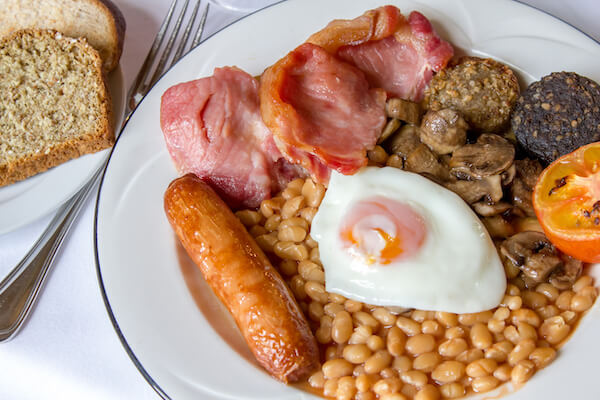
For food that you’ll need in a hurry, there are plenty of options, from cafes to convenience stores, even in gas stations (known as filling stations in Ireland).
Grab a coffee and a scone for less than €5 in places outside of Dublin and maybe up to €7 around the city.
A full Irish breakfast in such places will set you back around €10. That usually includes rashers, sausages, eggs, black and white pudding, roasted tomato, and mushrooms.
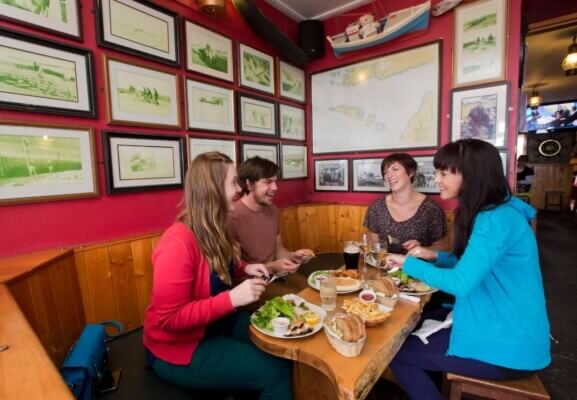
While going out to dinner can be expensive in Ireland, Early Bird specials will give you the most bang for your buck.
Another way to save on eating out in Ireland is to make the most of your accommodation’s breakfast (quite often it’s a full Irish, so that should keep you going for many hours).
If you are renting, you may opt to cook your own meals while you’re vacationing in Ireland, or you might even combine some sightseeing activities with a food tour.

Food trucks are becoming popular in Ireland, not just among the locals but with tourists too. You’ll find a rundown of the Top 20 food trucks in Ireland, which are generally great value for money.
If you’re missing the Irish food back in Ireland, Food Ireland based here in the United States has a variety of items to sink your teeth into.
Read More: The Best Food in Ireland: Discover What’s Available in Donegal, Sligo, and Leitrim
Tours and Other Activities
The reason you’ve chosen Ireland is to see its amazing scenery and tourist attractions.
There is of course an admission price to many of them, but some are also free.
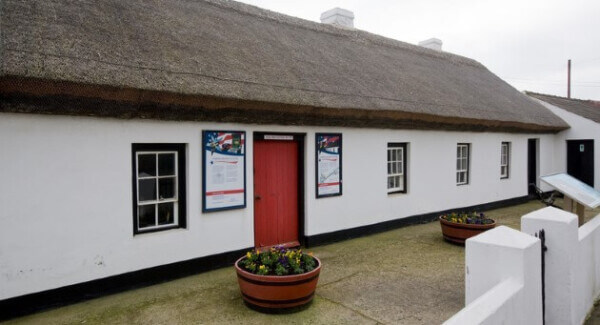
Among them are the many museums and galleries in Dublin that do not charge admission, as well as other free attractions like the Andrew Jackson Ancestral Home in Co. Antrim, Duckett’s Grove Walled Gardens in Co. Carlow, and the Crawford Art Gallery in Cork City, just to name a few.
Many visitors also like to combine whiskey tours, boat trips, river cruises, and golf outings into their vacation in Ireland.
Below you’ll get an idea of how much you can expect to spend at the various attractions in Ireland and on various tours.
- Museum/Tourist Attraction Tickets: €10 to €15 ($11-$17) per adult (some will be slightly more expensive)
- One-Day Group Tours: Most under €60 ($70) – including tours of the Cliffs of Moher from Dublin, Glendalough Monastic Site, and Newgrange in Co. Meath.
- Multi-Day Group Tours: Between $300 and $900 depending on the provider (includes transportation, accommodation, and daily breakfast)
Travel Insurance
Prior to the pandemic, most tourists might not have given travel insurance a thought. In fact, the main reason for getting insurance is to cover medical emergencies.
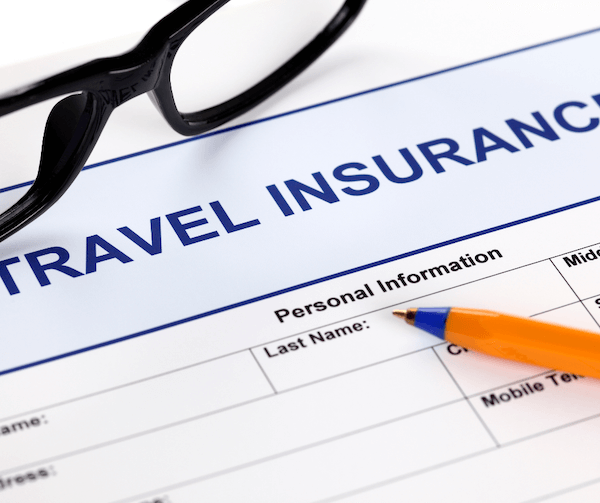
Before you go abroad, you should check to see if your current health insurance policy provides coverage if you get sick and end up in a hospital in Ireland.
While some health insurance companies pay “customary and reasonable” hospital costs abroad, very few of them will cover your medical evacuation back to the United States, if that is required.
U.S. residents who have Medicaid and Medicare insurance policies will not be covered overseas.

Medicare recipients must take out additional health insurance called Medigap to cover them if something should happen while traveling abroad.
Find out more about your travel insurance options at Travel Master.
Other Expenses
While there will always be additional expenses that will crop up on vacation, perhaps the expense that many people have questions about is how to pay for Wifi in Ireland.
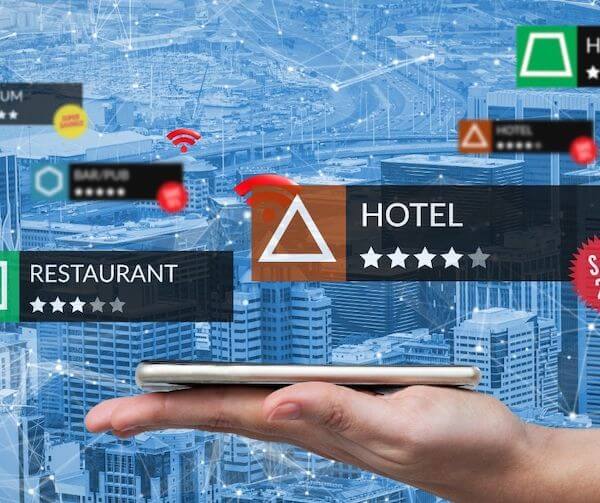
Free Wifi is available in most public places in Ireland, including airports, shops, restaurants, and bars.
Sometimes you may have to ask for the Wifi password, but most establishments will have no problem giving you this information. Be sure to turn the data option off on your phone while you do this.
There will be times when you’ll want to stay connected as you travel around Ireland. There are a few ways that you can get around this, including the following:
- Sign up for an international mobile usage plan from your carrier but read the fine print before signing on as this can be expensive.
- Purchase a new Sim card for your phone (provided it is unlocked beforehand) from any Tesco supermarket in Ireland (both north and south of the border) or at Dublin airport (WH Smith bookstore in Terminal 1 or in the Spar shop in Terminal 2). Your purchase will also include a mobile usage plan for the duration of your stay in the country. Alternatively, some newer phones will accommodate an e-SIM. Find out more about that at Airalo.
- Rent a personal WiFi device from Wi-Fi Candy. The rates are quite reasonable, and you get unlimited data usage as well.
- Purchase a cheap prepaid phone from Tesco to use while you’re on vacation in Ireland.
Shopping and Souvenirs
Many first-time visitors to Ireland want to bring back a keepsake from their adventure or give someone an authentic Irish gift.
There are many places where you can buy souvenirs, including the various gift shops around Ireland, the duty-free areas of Dublin and Shannon airports, as well as popular tourist attractions like the Bunratty Folk Park, a short distance from Shannon.

Expect to pay anywhere from $10 for a beautiful Irish-themed bookmark, $17 for Trinity Knot earrings, and approximately $100 or more for an authentic Aran sweater at the duty-free.
If you’re looking for other gifts that are distinctly Irish, I’d suggest that you combine your love of Irish-made goods with a sightseeing activity.
I will say that many of these items are pricey, but totally worth it if you want something that is genuinely Irish.
A visit to the famous Waterford Crystal Visitor Centre in Waterford is a must.
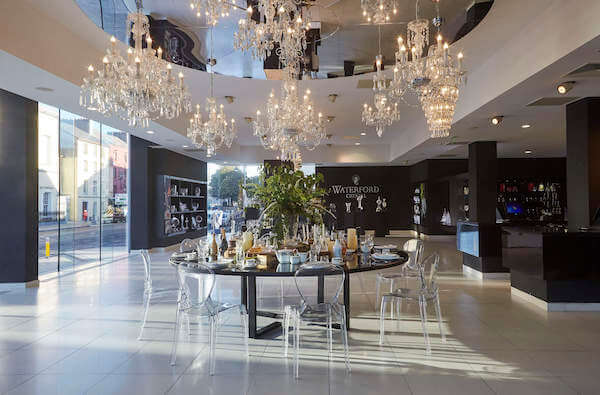
There you’ll see artisans turn their finely tuned techniques and imagination into the world’s most beautiful crystal. Afterward, you can choose from a stunning collection of crystal gifts, from glasses, decanters, ornaments, and much more.
Expect to pay up to $300 for a Waterford Crystal decanter, around $230 for a set of 6 wine glasses, and $150 or so for a crystal
Take a look at the company’s USA online outlet store for lower prices on various items.
Belleek China is another beautiful Irish gift that you might want to purchase in Ireland as a reminder of your visit.
You can find Belleek products in stores across the country, but you can also visit the Belleek Pottery Museum in Belleek, Fermanagh, which contains pieces dating back to the pottery firm’s establishment in 1857.
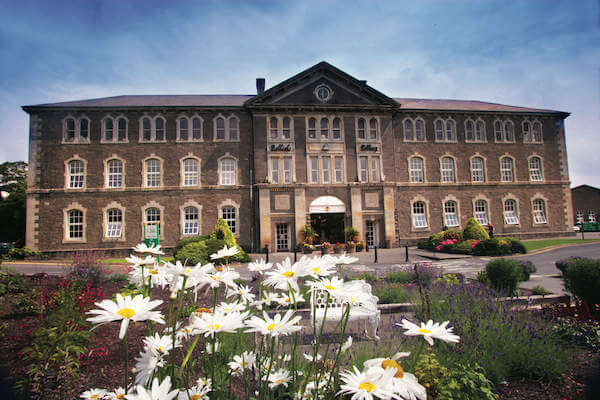
The neo-Georgian building is home to Ireland’s oldest fine china pottery factory, which produces more than 100,000 pieces of pottery each year.
An onsite store has a variety of items that are made in the factory, but you can also purchase this magnificent pottery online.
Expect to pay around $230 for a classic Belleek Pottery tea set, up to $350 for a classic Belleek Pottery basket, or as little as $30 for a Belleek Pottery mug.

Other attractions where you’ll find authentic Irish gifts being made include the Claddagh Legend Visitor Centre at the Claddagh Jewellers in Galway City, where you can watch the jeweler at work making the famous Claddagh rings, wool blankets and other authentic products at the Foxford Woollen Mills in Foxford, Co. Mayo, and beautiful silverware and jewelry being made at the Newbridge Silverware Factory in Newbridge, Co. Kildare, among others.
Other popular items that tourists often look for when in Ireland include authentic Aran sweaters, Irish linen, Donegal tweed, and Connemara marble, to name a few.
Food, especially Irish chocolate, makes for a less expensive gift.
You’ll find a variety of Irish brands in the airport duty-free and elsewhere around Ireland.

They include Lily O’Brien’s, Butler’s Chocolate (there’s a café in Dublin Airport that serves up all sorts of yummy Butler Chocolate treats!), Skelligs Chocolate (you can take a tour of their Co. Kerry factory and watch their delicious chocolate being made), and The Chocolate Garden of Ireland (tours are also available).
Season & Location a Factor in Cost
As noted before, the shoulder season (mid-April through May and late September through October) is the cheapest time to visit Ireland. Prices for everything during the summer months will go up.
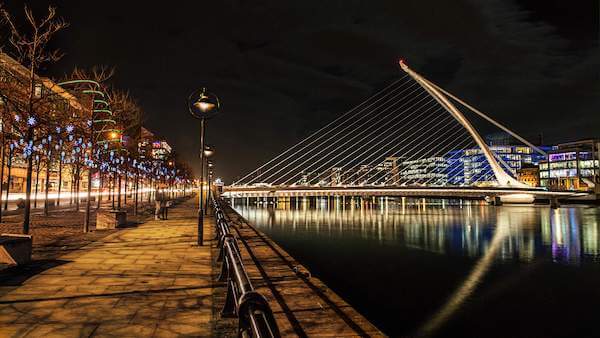
The places you visit in Ireland will also impact your wallet. For example, Dublin (like many other major European cities) will be more expensive than say Sligo, which means that you’ll need to factor all of that into your Ireland itinerary.
I suggest spending two days max in Dublin and then heading out to the rest of the country to explore. If you’re part of a tour, there’s a good chance that is exactly what many of them will also do.
Are you concerned about the cost of an Ireland vacation? If so, I hope that some of the tips above will put your mind at ease and encourage you to visit the Emerald Isle sometime soon. Share your thoughts in the comments section below.
Read More: Planning a Trip to Ireland in 2023? Tips and Advice to Get You There Safely

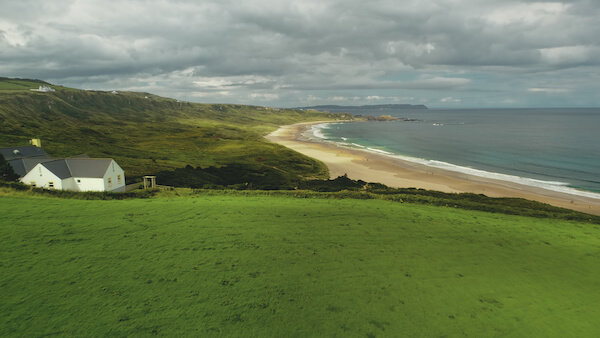

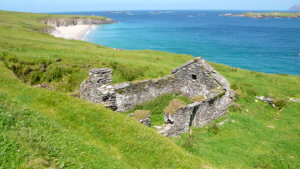
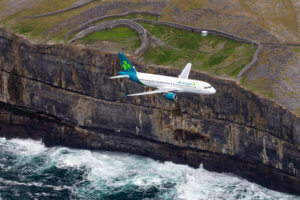
Very nice blurb. Do you run a website or a subscrption? I have a Scot relative who at the end of the Highland wars said, “I will fight no more.” He moved to somewhere in what is now Northern Ireland and became known as Thomas the Meek. Thus started the Irish Meek line through to my mother.
Yes I believe Ireland is way too expensive for me and for anyone in my entire whole family!!!!